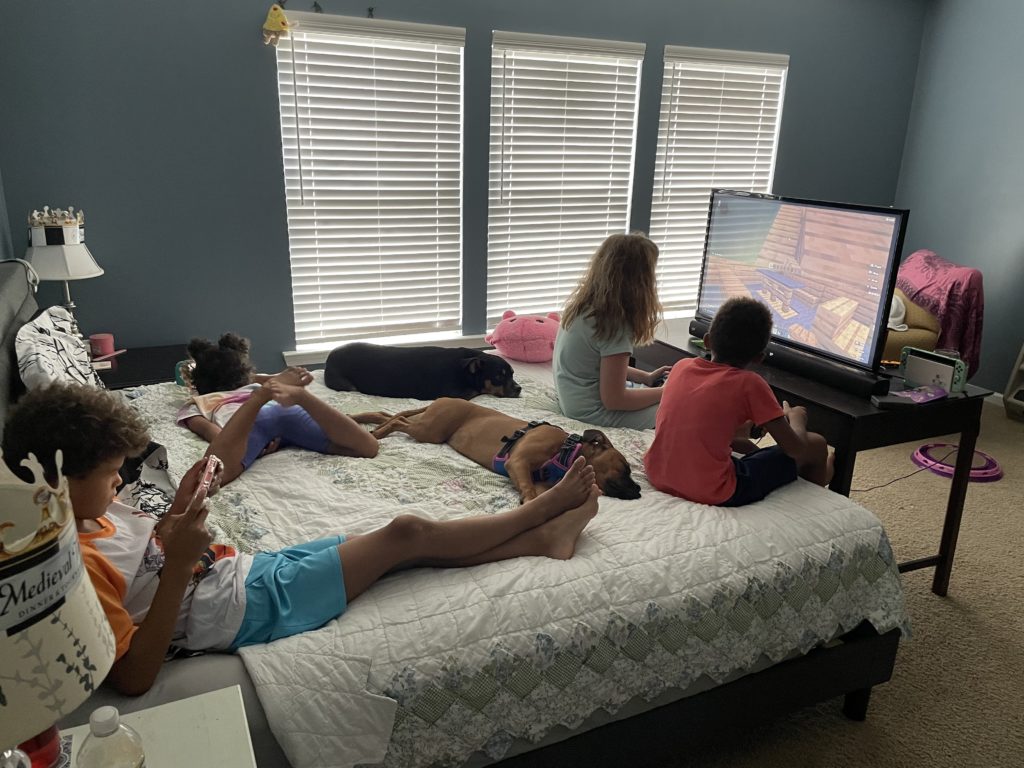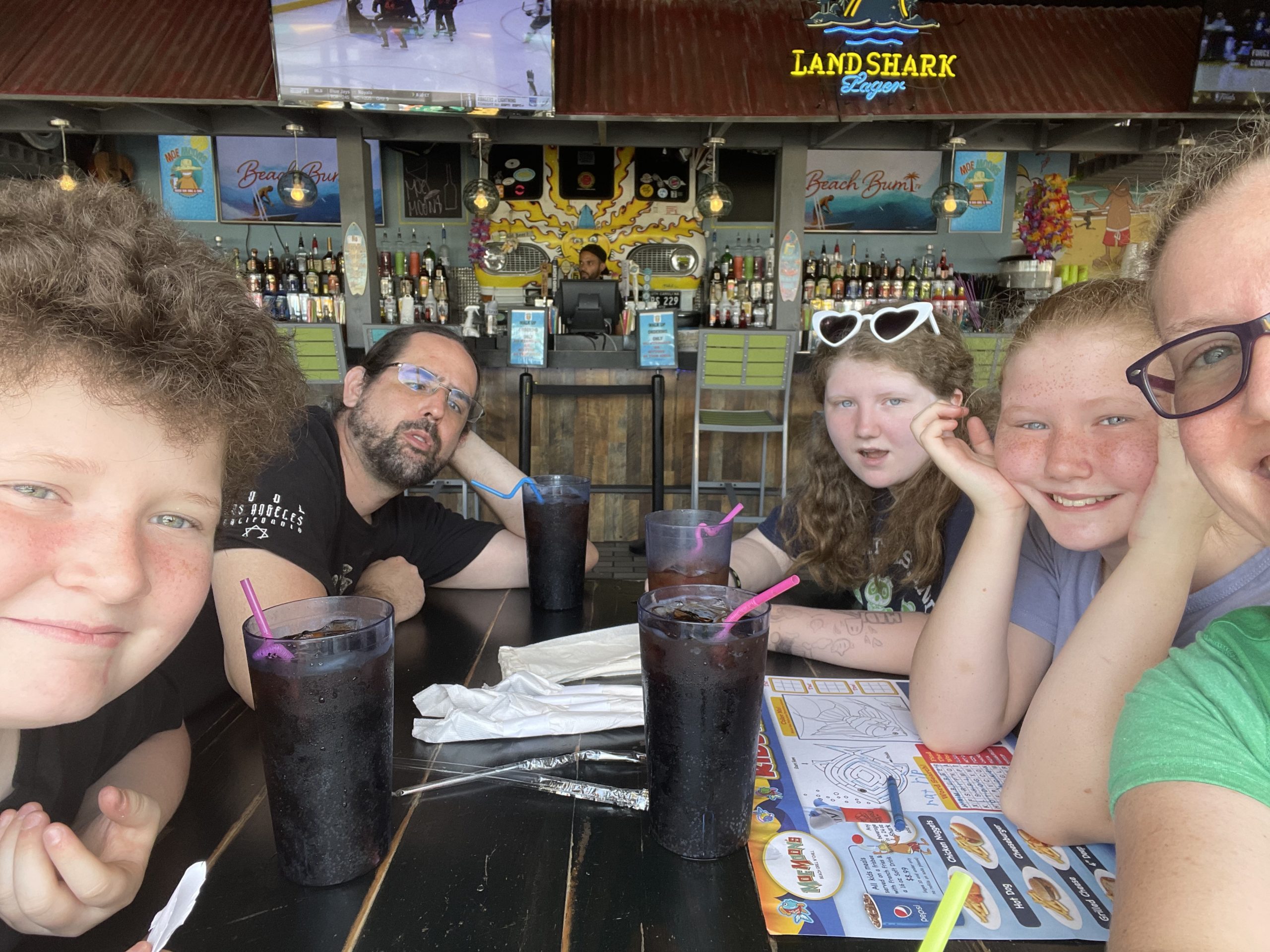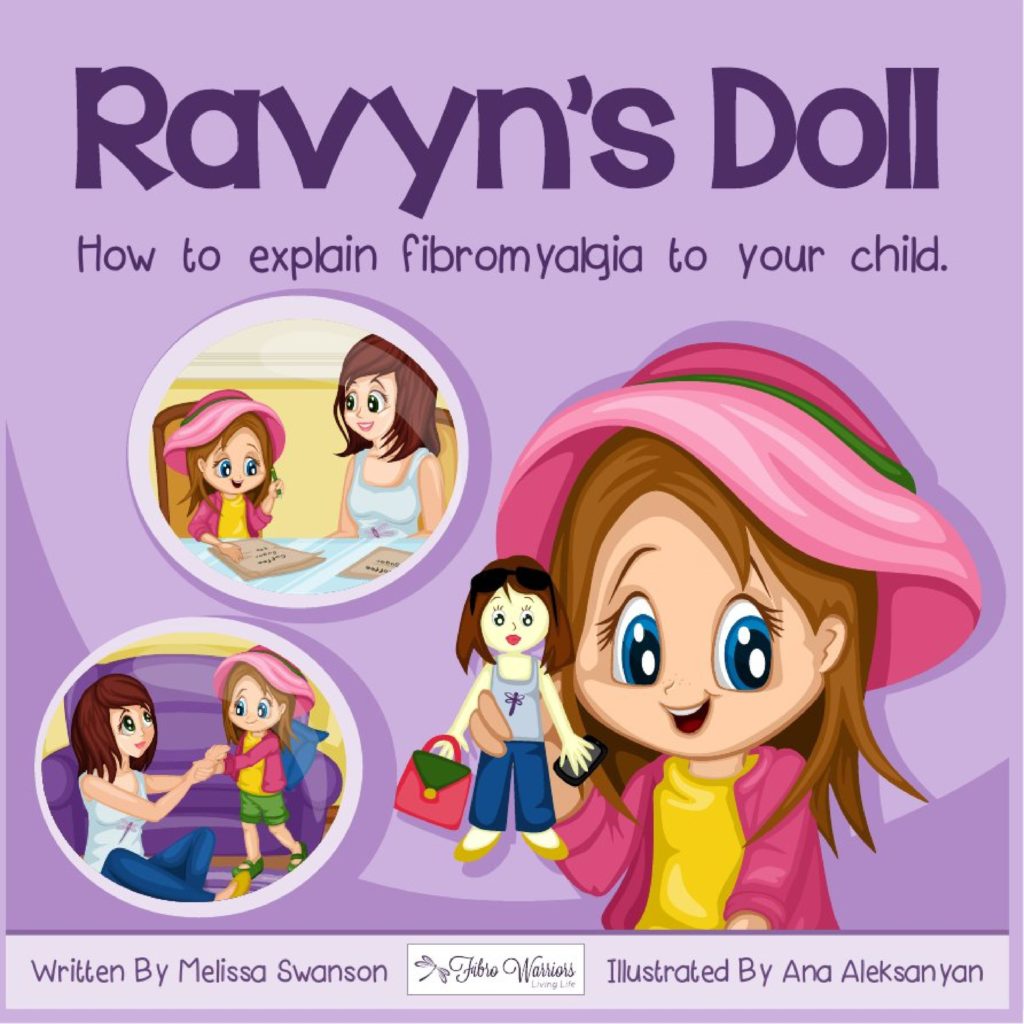Kids are full of questions. Why? How? When? Why? Where? How come? Why? Yes, I purposely put why multiple times because that’s the most common question with kids. Really, any answer you give a kid is shortly followed with, why? Their minds are beginning to register the world around them outside of their home, and the questions they ask are their tools for figuring it out. As parents and caregivers, we encourage this type of questioning. Does it mean they are learning and growing and isn’t that what we want our kids to do? Of course.
This article was originally published in the March 2017 edition of The Fibromyalgia Magazine.
How do you answer their questions?
But what if those questions were directed at you about your illness? What if those questions of why, how, when, where, and how come were asked repeatedly about the same subject day in and day out? The prodding questions leave you feeling guilty, confused, and maybe even angry. Would you still encourage it?
Let’s throw this factor into the mix: On top of all those questions about your condition, you don’t have sufficient answers. In fact, you don’t even know where to begin with your answer. There is so much information you could repeat to them, but it’s not the reality of your day-to-day living with the pain and other symptoms. And those symptoms can vary each hour and day to day as well as the intensity or pain. What would you do then?

Honestly, my answer wasn’t the best answer
I’ll tell you what I did. I either deflected their questions, acted as though I didn’t hear them, or said, “I don’t know.” None of those answers were the best choice, but at the time, I didn’t know what else to say. For one of the few times of my life, I was at a lost for words. It pained me to see the confusion in on their faces each day, but again – I didn’t know what else to say.
I remember the time before and shortly after my diagnosis, the never ending questions from my kids about the lack of interaction or physical activity I had with them. They were just innocent, curious questions about their mom, but each question was a little stab of pain. How was I to share with them the generalization about my illness when I myself knew very little? And if the complexity of the illness was confusing to me, how were they supposed to wrap their little minds around it? As stated before, how could I translate my daily struggles and experiences with them in such a way they could understand? It seemed like a hopeless situation. It only compounded my struggles with fibromyalgia.
Knowing what I know now, I would tell my past self that my choices of deflecting, ignoring, or saying ‘I didn’t know’ was not the way to handle it. In fact, those responses only led to them asking more questions. I created an endless loop of questions by not answering their original questions.

How did I talk to my kids about my illness?
I sucked it up and just did it. I told them about fibromyalgia and how it was affecting my body. I told them the basics and how that limited my physical activity. I stressed that it was not their fault and that I was doing my best to stay healthy so I would have less painful days. Sounds easy enough, but there were more feelings before I started the talk with them. Before the discussion, I was worried about them asking questions that I couldn’t answer. Or they would feel guilty, somehow, about my illness. Or – worst yet – what if they didn’t understand anything I was saying? Eventually I figured anything was better than not talking, I prayed for the best and just went with my instincts.
The conversation went well and much better than I anticipated. I used small, easy words for them to understand in a casual voice so as not to alarm or distress them. We hugged while talking and answering their questions. It went smoothly, for the most part. If I had to do it all over again, I would do it the same way with no regrets.

Tips to Talk With Your Kids About Fibromyalgia
- Use a casual voice with easy to understand words while embracing them so they feel your security. Limit the information so as not to overwhelm them.
- Ensure them that even though fibromyalgia does not have a cure, it is not life threatening, and manageable to a certain degree.
- Using visual aids such as children’s books (as referenced above) to introduce the topic and guide the conversation.
- Include them on your treatment preferences and let them know how they can help you (using indoor voices, helping with chores, giving gentle hugs, etc).
- Encourage questions and any thoughts they may have about it. Even if you can’t answer a question, tell them you are still figuring it out and will let them know. Include them if there is a way they can help find the answer.
- There are other ways to have fun with them that do not always include physical activity. Suggest snuggling with them while watching a movie, reading a book, or playing a game on a mobile device.
- Bringing up the subject casually and letting the discussion lead itself through the kids’ questions or comments.
- How Many Marbles Do You Have? By Melinda Marlott: This is similar to the spoon theory, but uses marbles instead of spoons. It is easy enough for kids to understand the use of marbles in relation to being tired and not being able to do certain activities.
- Allowing the kids to attend doctor’s appointments and making them a part of that discussion.
- For older kids, providing reading material that is not too overwhelming with information can help and provides a path to a discussion about fibromyalgia.
- Before launching into the discussion of fibromyalgia, ensure kids that fibromyalgia, although it has no cure, is manageable and is not a terminal illness. Kids tend to worry more than we realize, and it’s important to ease any distress they may have regarding your health.
- Letting them know it’s not their fault you’re ill and you are not able to always participate in the physical activities; however, watching a movie together or other less physical, quiet activity is fun with them, too.
However you choose to talk with your kids about fibromyalgia, just talking to them can make a difference. Leaving them in the dark, as I did for quite some time, only leads them to ask more questions or even ask themselves if they are to blame. Include them in your life, even the part that is fibromyalgia. This will, more than likely, encourage them to talk with you about other subjects they are concerned about. Keeping an open door policy with your child improves communication within your family and encourages them to be more compassionate and understanding.

Ravyn’s Doll
Through the use of vibrant colors, children’s language, and lovable characters, Melissa creates a reliable resource for fibro parents to explain fibromyalgia to their children.
The story opens the door to a conversation about the illness and how it affects the entire family in terms of symptoms and help. It goes a step further to show children that illness can’t always be seen, and there are various ways for a person to be sick.
This is a must-read for any fibro parent! It leads to the ongoing discussion of fibromyalgia and allows children to grasp the concept of an invisible illness.

